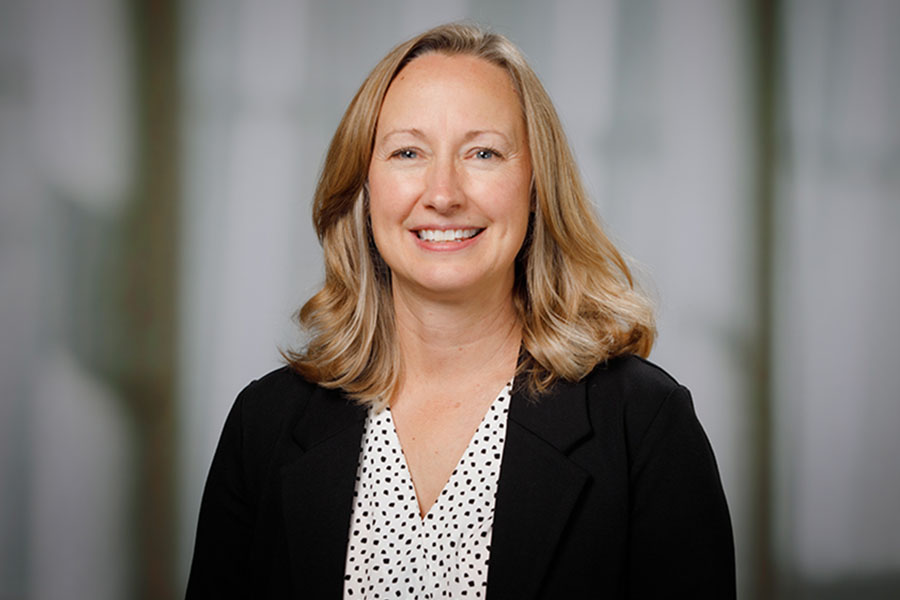The UNMC Munroe-Meyer Institute, along with Kiewit Luminarium and TalkToMe Technologies, is partnering with the Common Senses Festival for the Augmentative and Alternative Communication Retrospective, May 10-June 1.
Organizers of the Common Senses Festival say they are expanding the mission beyond the festival’s autism-focused origins, now embracing a broader disability spectrum.
Kate Noble Weitz, founder and director of the festival said, “Attendees will be able to try many of the devices at the Luminarium, some of which are very hard to use. I think it’ll change the ballgame, in offering hands-on engagement that creates a type of empathy you don’t get from just watching or reading about something.”
See the schedule for the festival.
For many, verbal speech is a primary means of communication, but for individuals who cannot use speech as their primary means of expression due to developmental disabilities, neurological conditions, or medical interventions, augmentative and alternative communication (AAC) is a lifeline.
Susan Fager, PhD, director of the MMI Department of Speech-Language Pathology, said that AAC encompasses both high-tech and low-tech solutions that help individuals express their thoughts, needs, and desires, enhancing their ability to interact with the world around them.
“AAC technology supports individuals who cannot rely on natural speech,” Dr. Fager said. “These tools range from simple communication boards to advanced eye-tracking computers.”
Dr. Fager explained how AAC plays a critical role in patient care at institutions like Nebraska Medicine, saying, “For instance, patients who are orally intubated and unable to speak can use eye-gaze boards to communicate by selecting letters or messages with their eyes. Similarly, computerized eye-tracking devices enable users to move a cursor and spell out words, providing them with a voice when they otherwise would have none.”
Dr. Fager said despite its transformative impact, many people remain unaware of AAC until they or a loved one need it, adding: “Events like the Common Senses Festival play a crucial role in raising public awareness about AAC and fostering sensitivity toward individuals who use AAC.”
A goal of the AAC Retrospective is to educate attendees on both the challenges faced by AAC users and the remarkable innovations designed to support them by showcasing the progression of AAC technology—from rudimentary early devices to modern sophisticated systems.
“These systems allow users to navigate digital keyboards using small head movements or eye gaze,” Dr. Fager said. “Features like word prediction accelerate the communication process and pre-programmed messages enable users to quickly convey urgent needs or even deliver speeches.”
“As technology advances, AAC devices are becoming more integrated with everyday digital tools,” Dr. Fager said. “Users can now send emails, text messages, and access the internet using these systems, further enhancing their ability to connect with others and participate in daily life.”
Dr. Fager added the ultimate goal is to promote a more inclusive society where individuals who use AAC are fully integrated into daily interactions, saying “Increased public understanding can lead to greater support, better accessibility and a recognition that communication is not limited to speech alone.”
“No matter your physical, cognitive, or linguistic abilities, there are methods and techniques to support communication – the end goal is always the same: connection,” Dr. Fager said.
